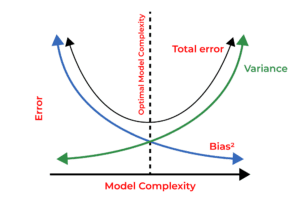Wittgenstein Ruler : “Unless you have confidence in the ruler’s reliability, if you use a ruler to measure a table you may also be using the table to measure the ruler”
The Challenge: Measuring cost-savings without clear metrics
Imagine a cost-saving initiative as a piggy bank—inviting and promising potential gains and future opportunities. But what if you couldn’t track the exact savings and returns? This financial conundrum is a challenge for many businesses today, particularly in an environment characterized by:
- Fluctuating costs
- Dynamic profitability metrics
While companies set out to save money, they often lack clear measurements of cost reduction. This absence of clarity is the real roadblock to successful cost-saving initiatives.
The Importance of precise metrics in Cost-Saving strategies
In 2019, I led a Continuous Improvement (CI) program at THIESS CRC (Component Rebuild Centre) in Brisbane , focusing primarily on cost reduction.
Why precise metrics matter
In corporate settings, it’s essential to track spending since profitability and expenses are fluid. Success hinges on having clear metrics to:
- Track project performance
- Confirm effective resource allocation
Collaborating with Finance: Enhancing Cost-Saving strategies
A significant insight during our CI initiatives was the crucial role of the finance team.
Key steps in collaboration
To enhance cost-saving strategies, I implemented the following:
- Introduced Financial Oversight: A finance representative was brought into the cost-saving program.
- Emphasized Financial Analysis: With finance’s help, we could:
- Go beyond assumptions
- Accurately track operational costs
- Measure the real effects of our projects on profitability
The Risks of ignoring financial metrics in Cost-Saving projects:
What happens if you don’t have finance on board? Attempting cost-saving without financial insights is like guessing the value inside your piggy bank.
Potential pitfalls include:
- Missed Savings: Opportunities for cost reduction go unrecognized.
- Untracked Investments: Financial contributions are not documented.
- Overall Losses: Ineffective allocation of resources can lead to financial downturns.
The need for a financial framework
A robust financial framework is essential for:
- Assessing impact: Evaluating the true effects of cost-saving projects.
- Preventing resource waste: Ensuring that resources are used effectively.
- Supporting sound decisions: Facilitating informed financial choices.
Further learning opportunities
- We explore all of this in-depth in our AI-Driven Six Sigma Green Belt training.
- For targeted guidance, I also offer personalized, one-on-one consultancy.
Conclusion: Ready to unlock measurable savings?
I bet you’re like me, valuing the security that sound metrics bring. Are you ready to unlock measurable savings?
Further links:
https://www.bain.com/insights/sustained-cost-transformation








